Mountaineering Methodology is a multimedia textbook intended for beginners and advanced climbers who wish to devote themselves to mountaineering in its various forms, whether rock climbing, artificial climbing walls, ascents in the mountains up rock, snow, and ice, or protected routes (klettersteig, via ferrata).
Mountaineering Methodology is composed of several sections; each section is one book. That way the series follows an ideal path for the growing awareness of the beginning student of mountaineering. If you are just getting started with mountaineering, we would definitely recommend that you start with the first section, and then continue gradually from there. The level where you will complete your education is entirely up to you.
There are, of course, a vast number of pictures, photographs, as well as videos and various interactive images and quizzes. This textbook is not superficial. At key points it is very detailed, and doesn’t simply tell you what you should do but also explains why you should do it. It has been written from the conviction that a thorough and clear understanding of the subject is the most basic element of safely practicing mountaineering.
The first section, The Basics, presents all of mountaineering and its individual disciplines, so that the reader can become clear on which discipline and method of mountaineering interests her, and which she would like to focus on. Afterward, climbing movements during rock climbing are discussed so as to make it clear what this most common form of climbing offers, so that the reader may again consider whether this is indeed the field for him. A description of mountaineering terrain follows, so that it is evident right from the beginning in what environments mountaineering is conducted. Then the first more difficult passage follows, which requires actual study: knots. Even if you wish to participate in mountaineering on a purely recreational level, you will be unable to do so without at least a basic knowledge of knots. There’s no point in continuing onward if you can’t manage at least a few of them. For this reason, tying knots is covered right in the first section. It is a gateway to further progress.
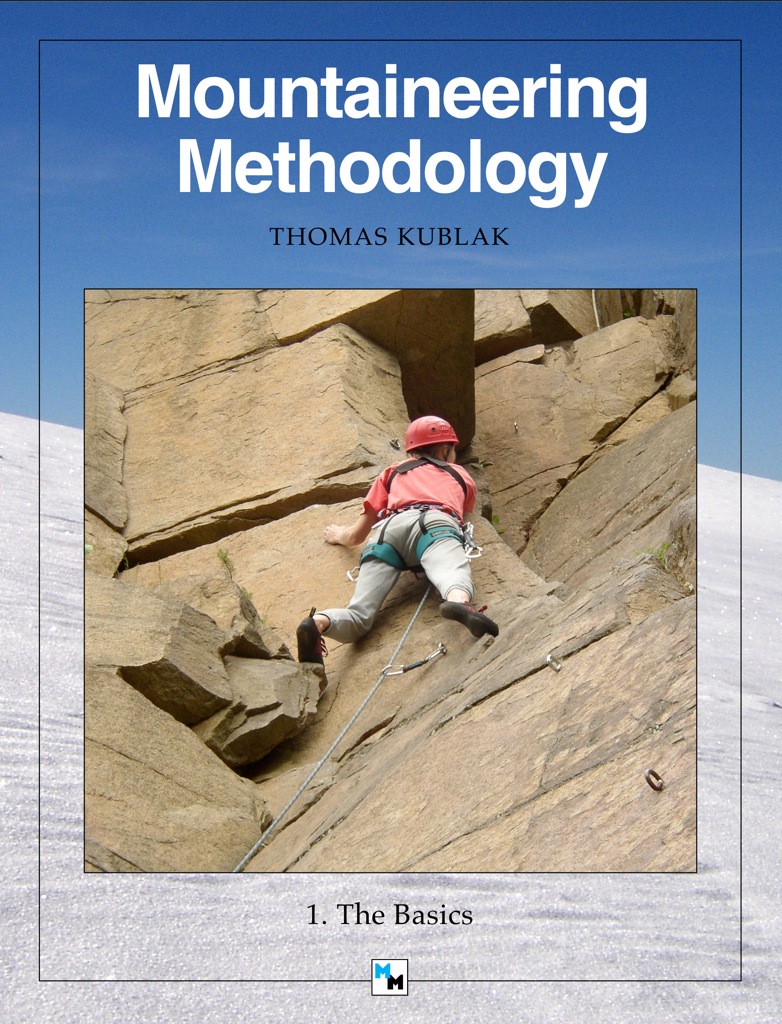
In the second section, Gear and apparel, the items which you will need when mountaineering are described, both for summer and winter seasons. You will gain a basic overview of what items you can get and what they are for, and how this equipment works. This includes items both for rock climbing, mountain hiking, and climbing in the mountains. In addition to this general overview there are also certain specific products described in detail (mostly protection devices), which represent a specific type of construction shared by other products from other manufacturers.
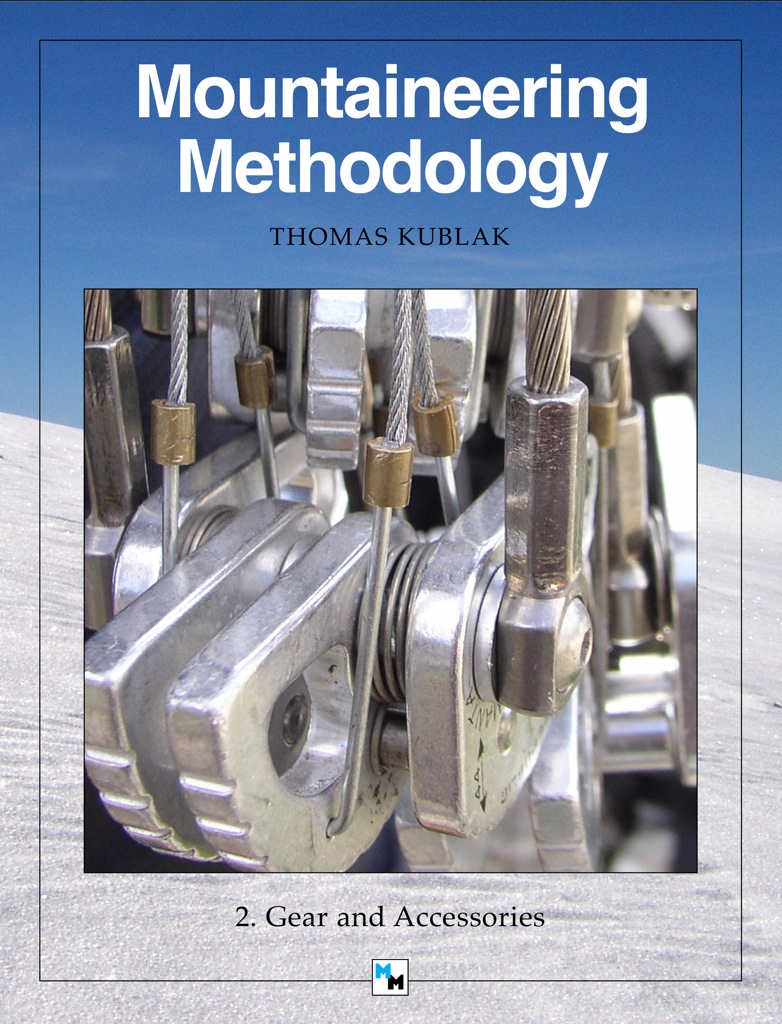
In the third section, Protection and rappelling, things get more serious. Welcome to the climb. In the first chapter you will learn how to protect yourself against falling when climbing a cliff; we then focus in greater detail on handling belay devices, both in order to avoid certain errors which people often make when belaying, how to set up the belay station and build a self-belay, and other activities associated with belaying. A description of rappelling and associated activities follows, both for rappelling with emergency equipment, self-belaying when rappelling, and so forth. There are even tips for situations when complications arise during rappelling, and how to solve them so that you can make it from the cliff or mountain back to solid ground.
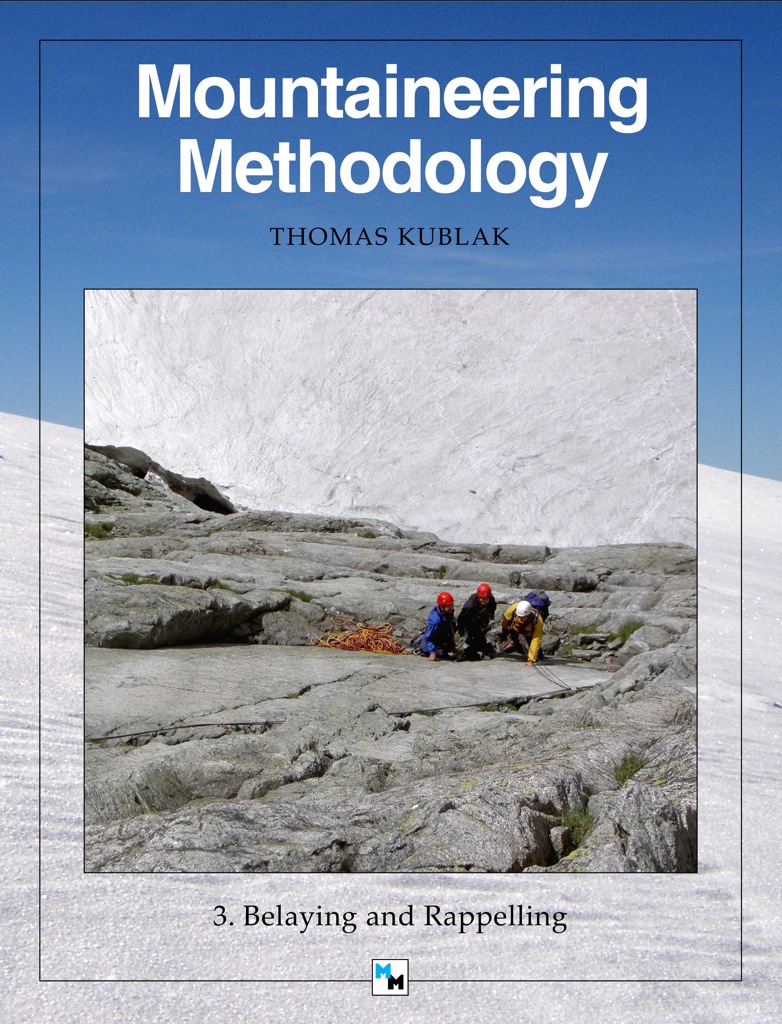
The fourth section focuses on activities in the mountains and is simply titled In the Mountains. It begins here completely from the beginning – first discussing advancing in the mountains along regular trails, and then walking in free terrain off the trail, as well as in varying types of terrain such as talus and grassy slopes, passages through scrub, walking in snow and firn slopes, and so forth. The important question of planning mountain tours is also addressed, how to carry out a mountain tour, what tactics to uphold during a mountain tour, and everything associated with mountain glaciers and advancing along them. Another part of this section are protected routes (klettersteig/via ferrata), the history of their creation, and methods of protection and advancement along them.
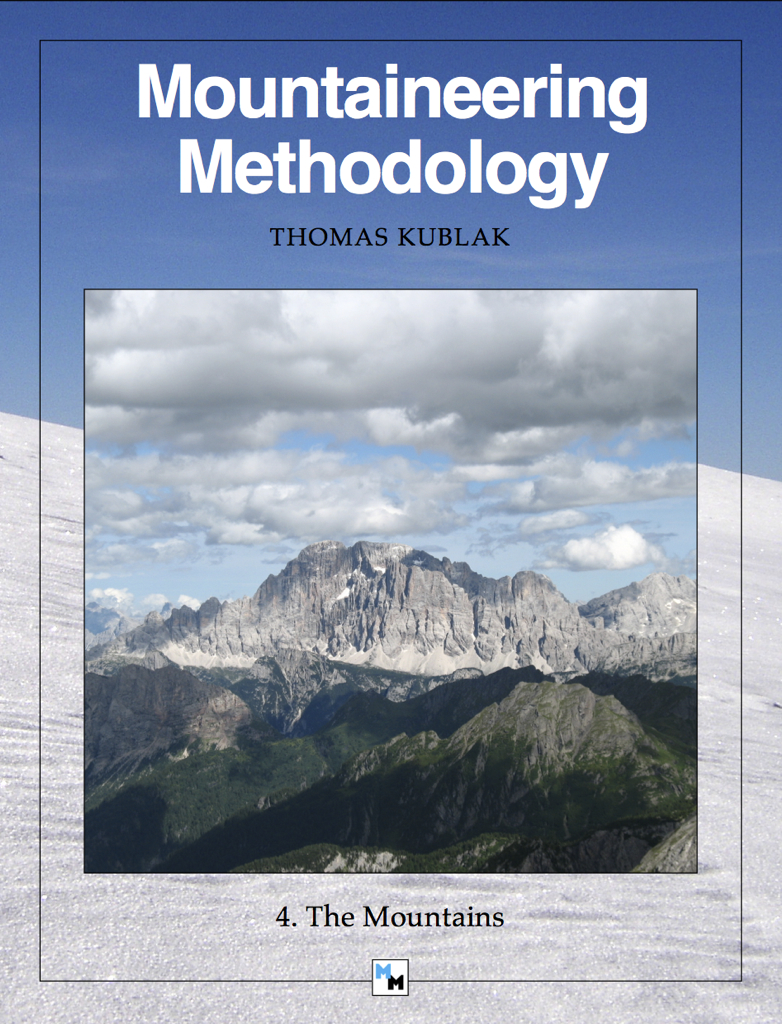
The fifth section, Snow and Ice, focuses on a specific matter: this chapter is intended for those interested parties who wish to focus among other things on climbing in ice, as well as those who wish to progress further, both to climbs in high altitude mountains where snow lies in the terrain year round, or in mountains during the winter season. Advancing and climbing in snow, ice, and mixed terrain are the key focuses of this section. Here we discuss in detail how to build protection and belay stations in snow and ice, how to advance in mountain terrain in snow, climbing movements when climbing on ice with ice axes, braking with ice axes when falling down a snowy slope, and other activities typical of climbing in wintry mountains.
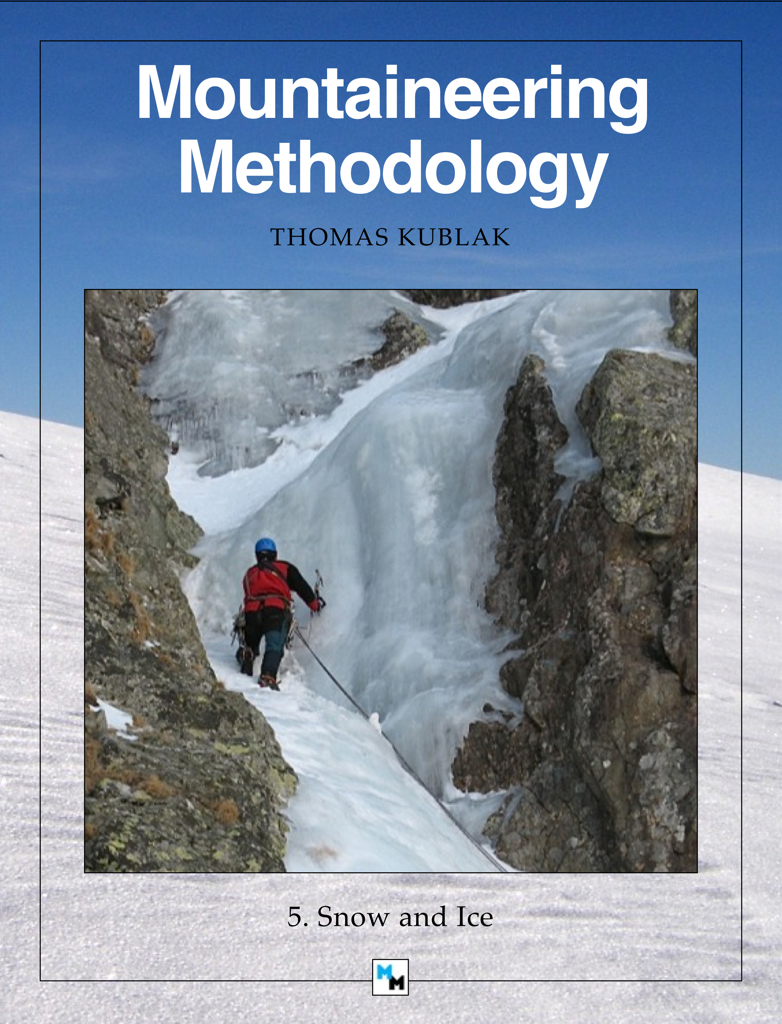
Format
Apple Books and Kindle Fire have multimedia content. Multimedia content is also in the Kindle Android app. Google Books and Kindle e-ink are simple (very similar to PDF).

